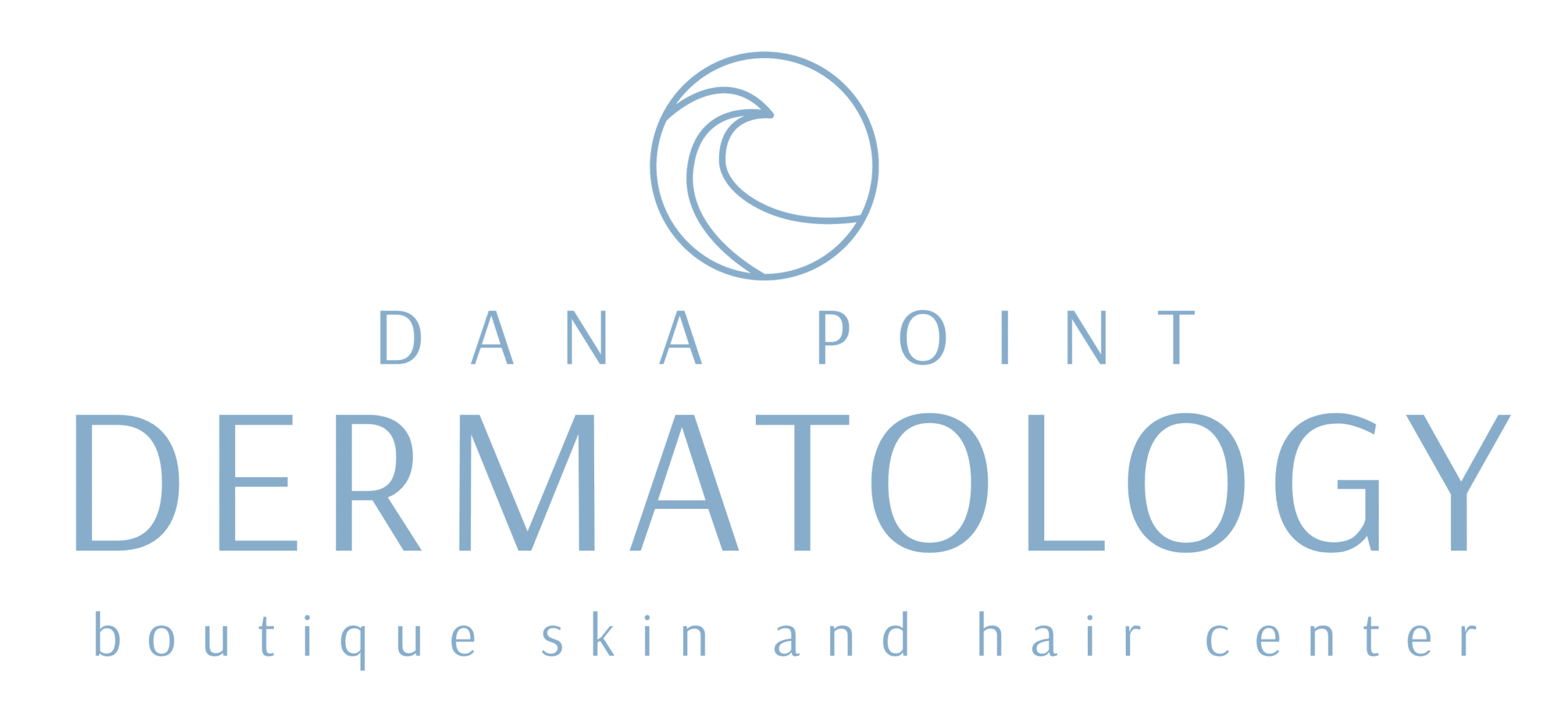Although there are plenty of foods that have been touted to have anti-aging properties, the blueberry has the most research to back it up. This small berry packs one of the highest amounts of antioxidants per gram of fruit. Antioxidants are molecules that protect living cells from free radicals (or “oxidants”), mainly by stabilizing them by donating an additional electron to oxygen. Free radicals are produced inside every cell in the body during normal metabolism, causing damage to DNA, cell membranes, collagen, and elastin. Constant exposure to the sun’s damaging rays contributes to much higher levels of free radicals in skin cells compared to the rest of the body.
Specifically, free radicals can actually lead to fraying and clumping of the usually tight network of elastin fibers in the dermal layer of the skin. Elastin fibers give resilience and stretching properties to the skin. When this is degraded, it eventually leads to fine lines (usually in 20-something patients), wrinkles (ages 30-40), and then deep creases (40+ years old). As more damage accumulates, sagging skin results. In addition, collagen deterioration ensues. This leads to loss of skin texture and shape, resulting in an aged appearance. Since men’s dermal layer decays much faster than women’s anyways, this acceleration in the aging process is more pronounced in men versus women.
According to an article published in Molecular Nutrition and Food Research, most of the anti-aging properties of blueberries are due to the phytonutrient content within them—the most studied of them being anthocyanins. Examples of anthocyanins, which give blueberries their blue color, include peonidin, cyanidin, delphinidin, and malvidin. After eating blueberries and absorbing the anthocyanins into the bloodstream, oxygen inside skin cells is more balanced and stabilized, which results in less damage to the surrounding skin tissue. This can potentially lead to improvement in a person’s skin, with fewer fine lines, more even skin color, and a less leathery texture.
Not only are anthocyanins potent antioxidants, they also possess powerhouse anti-inflammatory properties. Specifically, the anthocyanin peonidin has been shown to increase the enzyme nitric oxide synthase (NOS), which results in more blood flow (and nutrients) to the skin. This also leads to increased oxygen metabolism in the deeper layers of the skin, enabling skin cells to repair collagen damage more efficiently. What’s more, blueberries also contain unique phenol-like antioxidants called resveratrol, the same antioxidant found in red wine. So as an alternative to raising a glass, just chomp on a handful of blueberries!
Dana Point Dermatology’s Bottom Line: Eating blueberries on a daily basis is the single best dietary strategy for combating age-inducing free radicals.



